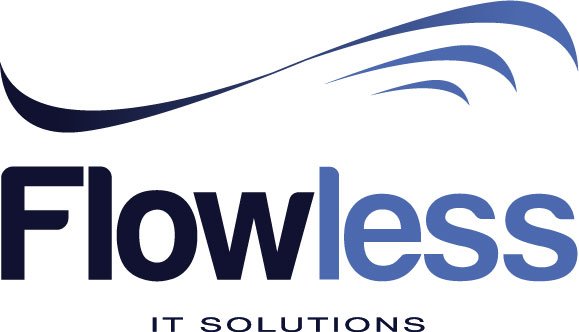Large Solution SAFe is made out of artifacts, roles and processes that are needed to develop complex and large scale solutions. In this level, you can find how special attention is paid towards capturing requirements while having solution in mind. This is done with proper coordination with multiple suppliers and Agile Release Trains. This is done in order to make sure that a company is in compliance with standards and regulations.
In order to develop large scale solutions with Large Solution SAFe, it is important to have additional roles, events, artifacts and coordination. Presence of these elements will cater towards the possibility of implementing Large Solution SAFe and ensuring a lean agile framework within the company.
When it comes to Large Solution SAFe, special attention is paid towards overcoming biggest challenges faced by a company. In order to overcome those challenges, the company will go ahead and develop large scale solutions as well. They are beyond the scope of single ART that can be developed.
Large Solution SAFe is using three different activities in order to coordinate with multiple suppliers and ARTs. They include pre and post pi planning, solution demonstration and inspection along with adoption. Then it is possible to evaluate the current solution and introduce the much needed change.
According to the definition of Scrum, a team should be less than 10 members. However, there are situations where bigger teams have to be employed to get projects completed. While dealing with such projects, Large Solution SAFe will come into play. They can offer much-needed support and assistance to introducing lean agility to the company.
— Slimane Zouggari
